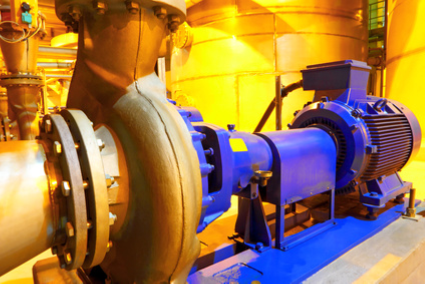PRE-CONCEPT ENGINEERING FOR THE FILTRATION OF SEALING PUMPS FEEDWATER (LA9)
ISSUE
An iron mine in Quebec (CA) uses water from three (3) neighboring lakes to supply its pump and cooling water seal system. This system, newly installed, consisted of a pre-filter retaining coarse particles (> 2 mm) followed by an in-line sieve retaining fine particles (> 40 microns). However, since this system was put into service, the 40-micron in-line sieve clogged systematically after only a few minutes of operation. As the system was still in the backwash, it was, therefore, unable to provide the required flow of sealing and cooling water at the desired quality.
TECHNOLOGICAL CHALLENGE
STS Canada needed to identify technologies that would provide, at all times, sealant and cooling water quality sufficient to ensure the integrity of the water system and equipment. STS Canada identified the origin of the in-line screen blockages during a previous study (the presence in water of wafer-shaped particles and a large bacterial population); it was therefore imperative to select an insensitive technology to these two sources of clogging. Also, the bacterial growth requires a significant control to prevent the spacing and corrosion of the ducts. An inexpensive bacterial control methodology that consider the operating flow (800 m3/h) had to be included in the proposal. The final crucial challenge was the limited available space in the plant. It was, therefore, essential to select a compact technology that could be easily fit into the assigned space. The proposed system should also consider equipment layout upstream or downstream of the filtration unit, type of operation, automation and maintenance.
RECOMMENDED SOLUTION
STS Canada first analyzed the properties of the treated water before establishing with the customer the list of design criteria to meet the selected technology. Subsequently, the various filtration technologies available on the market were evaluated using previously established design criteria and internal tools developed by STS.
This methodology has also been applied for the identification and selection of the bacterial control system. Two treatment chains were then formed based on the equipment selected and sized. The most economical treatment chain for the plant was later identified based on the quotations and operating costs provided by the manufacturers of the targeted technologies available in the STS database.
RESULTS
Following the involvement of STS Canada, the in-line sieve was replaced by a hydrocyclone bench generating of 800 m3 / h of sealing and cooling water containing not more than 50 mg / L of Particles Matter not larger than 30 microns. A chlorine dioxide generator has been installed between the existing prefilter and the hydrocyclones to control the bacterial population and thus prevent corrosion and distortion caused by bacterial accumulation in the ducts.

INDUSTRY
Mines and Foundries
Process water treatment
KEY TERMS
Liquid Processes
Solid-Liquid Separation
Hydrocyclone
Bacterial Control
LEVEL OF INTERVENTION
Pre-concept engineering of technologies
ESTIMATED COST
21000$YEAR
2013